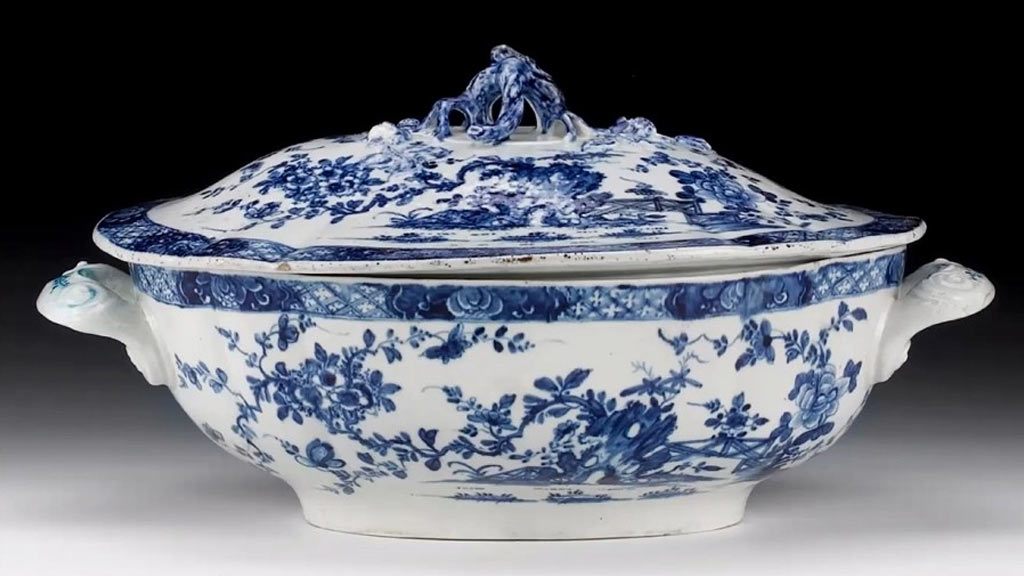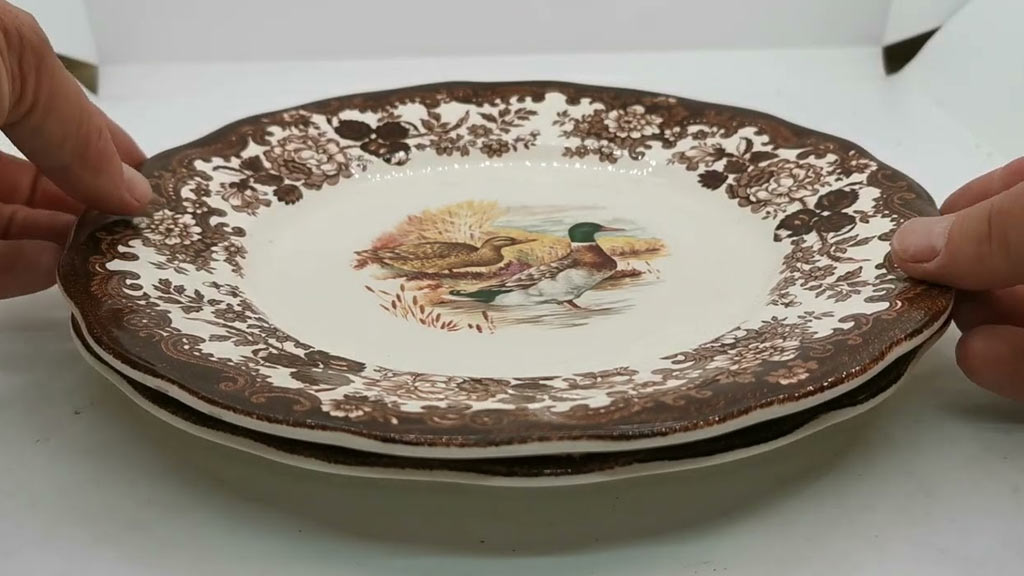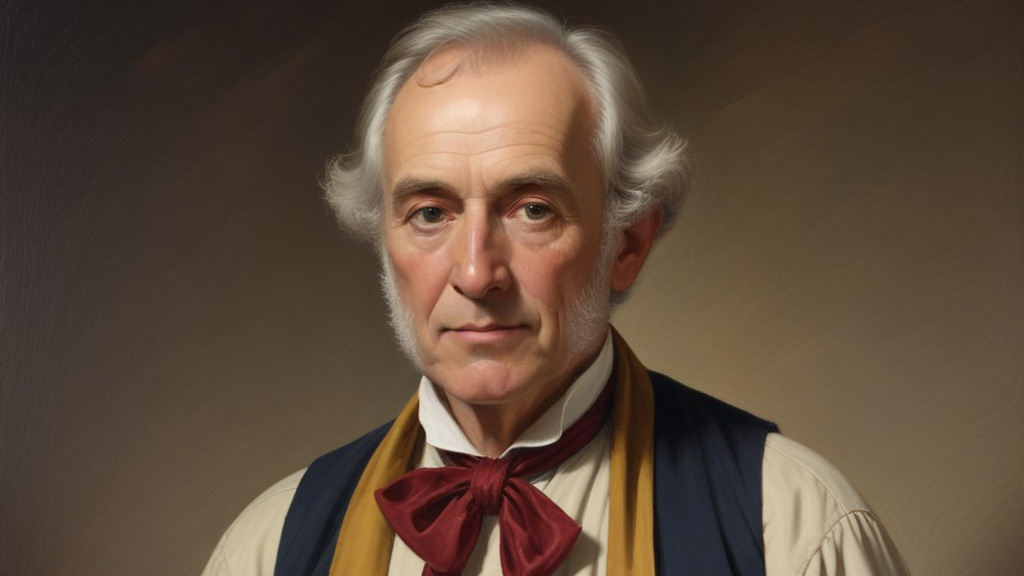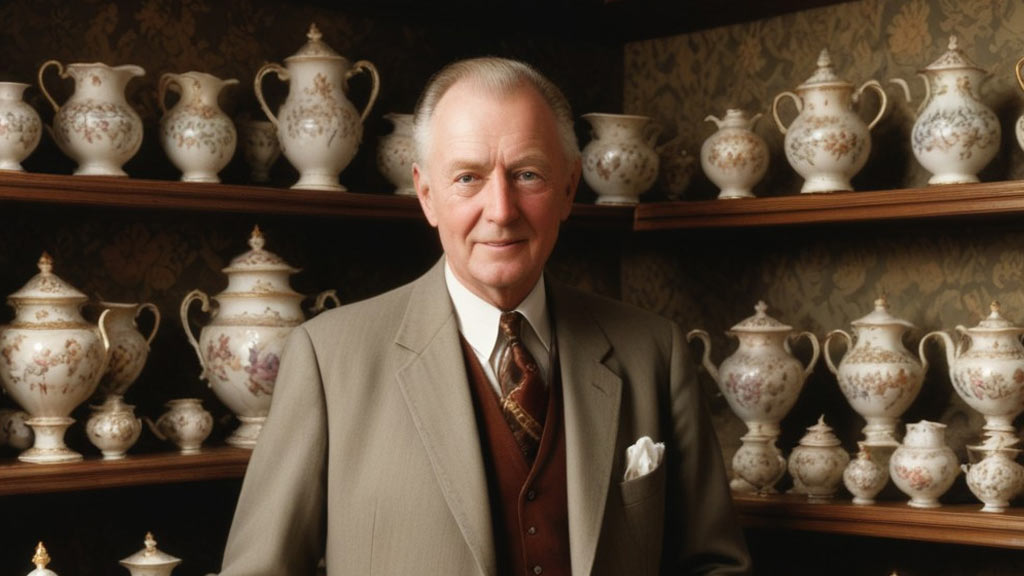With roots tracing back to 1751, the story of Royal Worcester Porcelain is a tale of enduring craftsmanship and artistic brilliance.
Established in Worcester, England, the company quickly rose to prominence, becoming synonymous with luxury and refinement in the world of ceramics.
Over the centuries, Royal Worcester has remained steadfast through tumultuous times, adapting to changing tastes and economic landscapes while staying true to its heritage of excellence.
Its creations have adorned the tables of royalty and found admiration in the hearts of collectors worldwide.
This journey through history unveils a legacy of innovation and prestige, showcasing the timeless allure of Royal Worcester Porcelain.
History of Royal Worcester Porcelain
Royal Worcester Porcelain stands as a pinnacle of excellence in the realm of fine ceramics. Founded in 1751 in Worcester, England, the company swiftly gained acclaim for its impeccable craftsmanship and artistic ingenuity.
Over the centuries, it has adorned the tables and mantelpieces of royalty, nobility, and discerning collectors worldwide, earning a place of reverence in the annals of decorative arts.
1751: Founding of Royal Worcester

The genesis of Royal Worcester Porcelain dates back to 1751 when Dr. John Wall, William Davis, and a consortium of local entrepreneurs established the company.
Dr. Wall, a polymathic figure with expertise in both medicine and chemistry, played a pivotal role in formulating the recipe for soft-paste porcelain, laying the foundation for Royal Worcester’s success.
Late 18th Century: Early Success and Innovations
During the late 18th century, Royal Worcester Porcelain experienced a period of remarkable growth and innovation.
The company introduced an array of captivating decorative styles, ranging from delicate floral motifs to elaborate gilding techniques.
These exquisite creations captivated the imaginations of patrons across Europe, cementing Royal Worcester’s reputation as a preeminent producer of fine porcelain.
19th Century: Expansion and Royal Patronage
The 19th century witnessed Royal Worcester Porcelain’s ascent to unparalleled heights of prestige and influence.
Bolstered by royal patronage, including commissions from Queen Victoria herself, the company expanded its repertoire to encompass a diverse array of designs and forms.
From opulent dinner services to intricately modeled figurines, Royal Worcester Porcelain exemplified the epitome of luxury and refinement.
Late 19th Century: Golden Age of Design
The late 19th century emerged as a golden age of creativity and innovation for Royal Worcester Porcelain.
Collaborating with esteemed artists and designers such as Thomas Bott, James Hadley, and Charles Baldwyn, the company produced masterpieces that transcended mere tableware, embodying the essence of aesthetic excellence.
Each piece bore the hallmarks of meticulous craftsmanship and artistic expression, garnering admiration from connoisseurs and collectors alike.
20th Century: Endurance Through Turbulent Times

Throughout the tumultuous landscape of the 20th century, Royal Worcester Porcelain demonstrated resilience and adaptability.
Despite enduring economic challenges and shifting consumer preferences, the company continued to evolve, embracing modern design sensibilities while staying true to its heritage of craftsmanship and quality.
Its enduring legacy persisted, a testament to the timeless allure of fine porcelain artistry.
2009: Acquisition by Portmeirion Group
In 2009, Royal Worcester Porcelain entered a new chapter in its storied history with its acquisition by the Portmeirion Group.
Under new stewardship, the company found renewed vitality and stability, ensuring the preservation of its legacy for future generations.
The merger of tradition and innovation allowed Royal Worcester to thrive in an ever-changing marketplace, ensuring its continued prominence in the world of fine ceramics.
Present Day: Legacy and Collectibility
Today, Royal Worcester Porcelain stands as a testament to centuries of artistic brilliance and craftsmanship. Its legacy endures through a myriad of collectible pieces, each bearing the indelible imprint of its illustrious heritage.
Whether displayed in grand museums or cherished in private collections, Royal Worcester Porcelain remains a timeless symbol of elegance and refinement, a beacon of excellence in the realm of decorative arts.
Famous Artists and Designers Associated With Royal Worcester Porcelain
Royal Worcester Porcelain has been fortunate to collaborate with a multitude of renowned artists and designers throughout its illustrious history.
These talented individuals have contributed significantly to the company’s reputation for exquisite craftsmanship and artistic excellence.
Here are the famous artists and designers associated with Royal Worcester Porcelain:
Thomas Bott

Thomas Bott was a prominent painter and designer whose work with Royal Worcester Porcelain during the late 19th century elevated the company’s reputation to new heights.
His mastery of floral motifs, in particular, earned him widespread acclaim, with his designs adorning various porcelain pieces, from delicate tea sets to elaborate vases.
Bott’s artistic vision and meticulous attention to detail were evident in every brushstroke, imbuing each piece with a sense of natural beauty and elegance.
James Hadley
Renowned for his exceptional sculpting abilities, James Hadley’s collaboration with Royal Worcester Porcelain in the late 19th century resulted in the creation of some of the company’s most iconic figurines and ornamental pieces.
His sculptures, characterized by their lifelike realism and dynamic poses, captured the imagination of collectors and enthusiasts alike.
Whether depicting human figures, animals, or mythological creatures, Hadley’s work exhibited a level of craftsmanship and artistry that remains unparalleled to this day.
Harry Davis

As the son of William Davis, one of the founders of Royal Worcester Porcelain, Harry Davis played a pivotal role in shaping the company’s artistic direction during the late 19th and early 20th centuries.
His innovative designs, often influenced by Japanese and Oriental aesthetics, reflected the prevailing trends of the time while also showcasing his own unique style.
Davis’ contributions to Royal Worcester Porcelain helped propel the company to international renown, solidifying its status as a purveyor of fine ceramics.
Charles Baldwyn
Charles Baldwyn’s tenure as a modeller and designer for Royal Worcester Porcelain in the late 19th century left an indelible mark on the company’s artistic legacy.
Known for his exquisite creations inspired by classical motifs and natural forms, Baldwyn’s designs ranged from intricately detailed vases to elaborate centrepieces.
His ability to seamlessly blend traditional craftsmanship with innovative techniques contributed to Royal Worcester’s reputation as a leading producer of luxury porcelain.
Kitty Blake
Kitty Blake’s collaboration with Royal Worcester Porcelain in the early 20th century brought a fresh perspective to the company’s design repertoire.
Specializing in delicate floral paintings, Blake’s intricate depictions of flowers and foliage adorned a variety of porcelain pieces, from elegant dinnerware to decorative objets d’art.
Her ability to capture the beauty of nature with such precision and grace added a touch of timeless elegance to Royal Worcester’s collections, earning her widespread admiration among collectors and enthusiasts alike.
FAQs
When was Royal Worcester Porcelain founded?
Royal Worcester Porcelain was founded in 1751 in Worcester, England, by Dr. John Wall, William Davis, and a group of local businessmen.
What distinguished Royal Worcester Porcelain in the 18th century?
In the 18th century, Royal Worcester Porcelain stood out for its pioneering use of soft-paste porcelain, formulated by Dr. John Wall, which enabled the production of high-quality, finely crafted ceramics.
Did Royal Worcester Porcelain receive royal patronage?
Yes, Royal Worcester Porcelain received commissions from royalty, including Queen Victoria and other members of the British royal family, during the 19th century, solidifying its reputation as a purveyor of luxury porcelain.
How did Royal Worcester Porcelain adapt in the 20th century?
Throughout the 20th century, Royal Worcester Porcelain adapted to changing tastes and economic challenges by embracing modern design sensibilities while maintaining its legacy of craftsmanship and quality.
What is the status of Royal Worcester Porcelain today?
Today, Royal Worcester Porcelain remains highly esteemed, with its collectible pieces cherished by enthusiasts worldwide.
Acquired by the Portmeirion Group in 2009, the company continues to produce exquisite porcelain, preserving its legacy for future generations.
Wrap Up
The history of Royal Worcester Porcelain is a testament to the enduring legacy of craftsmanship and artistry.
From its humble beginnings in 1751 to its current standing as a symbol of elegance and refinement, the company has traversed centuries, leaving an indelible mark on the world of fine ceramics.
Through periods of prosperity and adversity, Royal Worcester has remained a beacon of excellence, captivating the hearts of collectors and connoisseurs alike.
Its rich heritage, marked by royal patronage and artistic innovation, continues to inspire admiration and awe.
As Royal Worcester Porcelain continues to grace homes and museums around the globe, its timeless beauty serves as a reminder of the enduring power of artistic expression.
Jaclyn Lowe